
Click the above Computer Enthusiasts to follow us
In addition to performance, the 12th generation Core platform has a significant upgrade that many may not have noticed: the enhancement of peripheral connectivity capabilities. The versions and quantities of USB and Thunderbolt interfaces have increased, which is not just for connecting mice and keyboards; the biggest beneficiaries are undoubtedly mobile storage. So let’s talk about mobile storage in this new era. First, let’s briefly mention that there are many types of mobile storage. For example, SD cards were once a popular mobile storage method in countries and regions where branded machines were prevalent, and some brands still produce high-speed products, not just to meet the needs of high-end cameras for high-speed continuous shooting and 8K video recording. Many may also have external hard drives with built-in mechanical drives. However, these products are certainly not related to the aforementioned interface upgrades; if you want to experience modern storage, don’t consider them.
First, let’s briefly mention that there are many types of mobile storage. For example, SD cards were once a popular mobile storage method in countries and regions where branded machines were prevalent, and some brands still produce high-speed products, not just to meet the needs of high-end cameras for high-speed continuous shooting and 8K video recording. Many may also have external hard drives with built-in mechanical drives. However, these products are certainly not related to the aforementioned interface upgrades; if you want to experience modern storage, don’t consider them.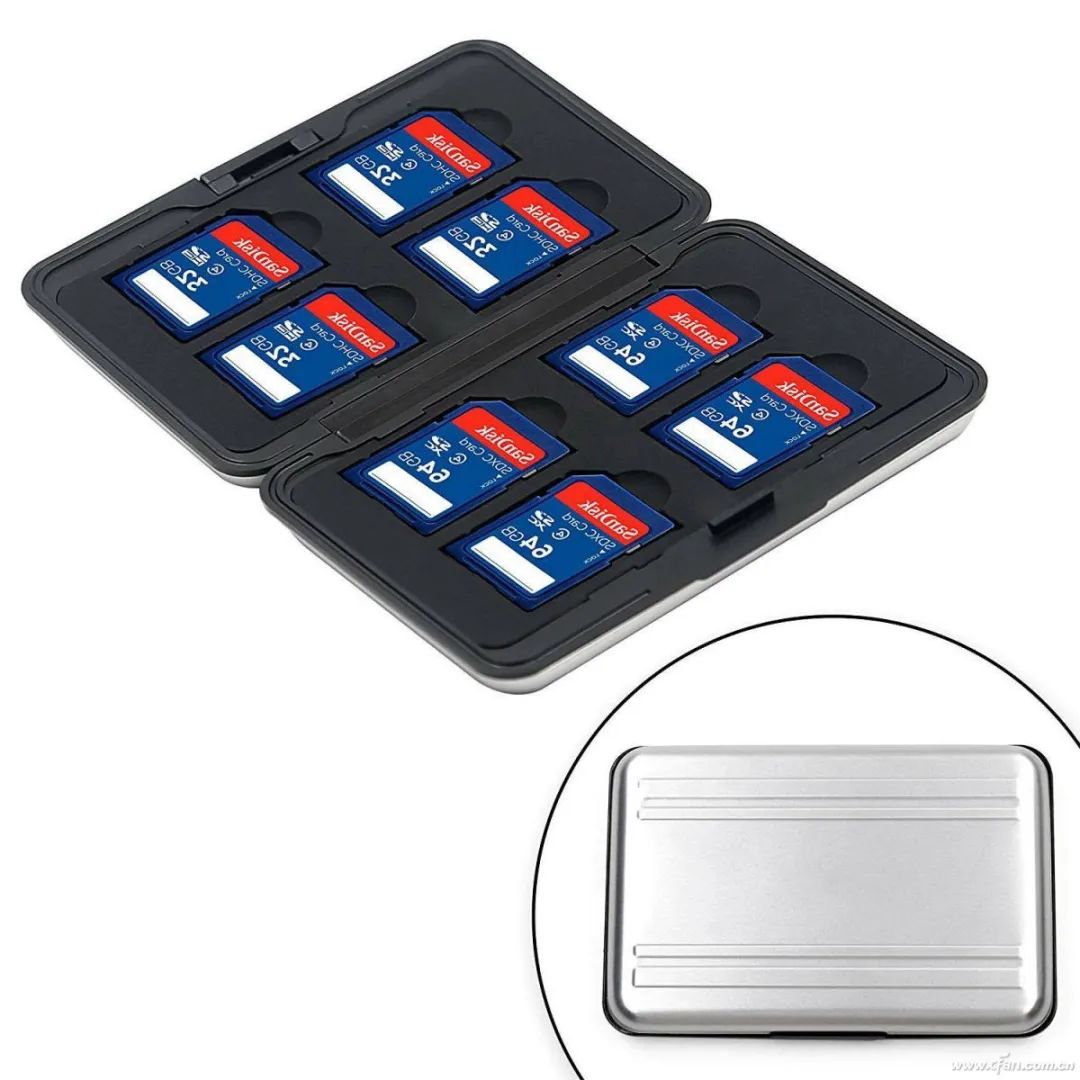
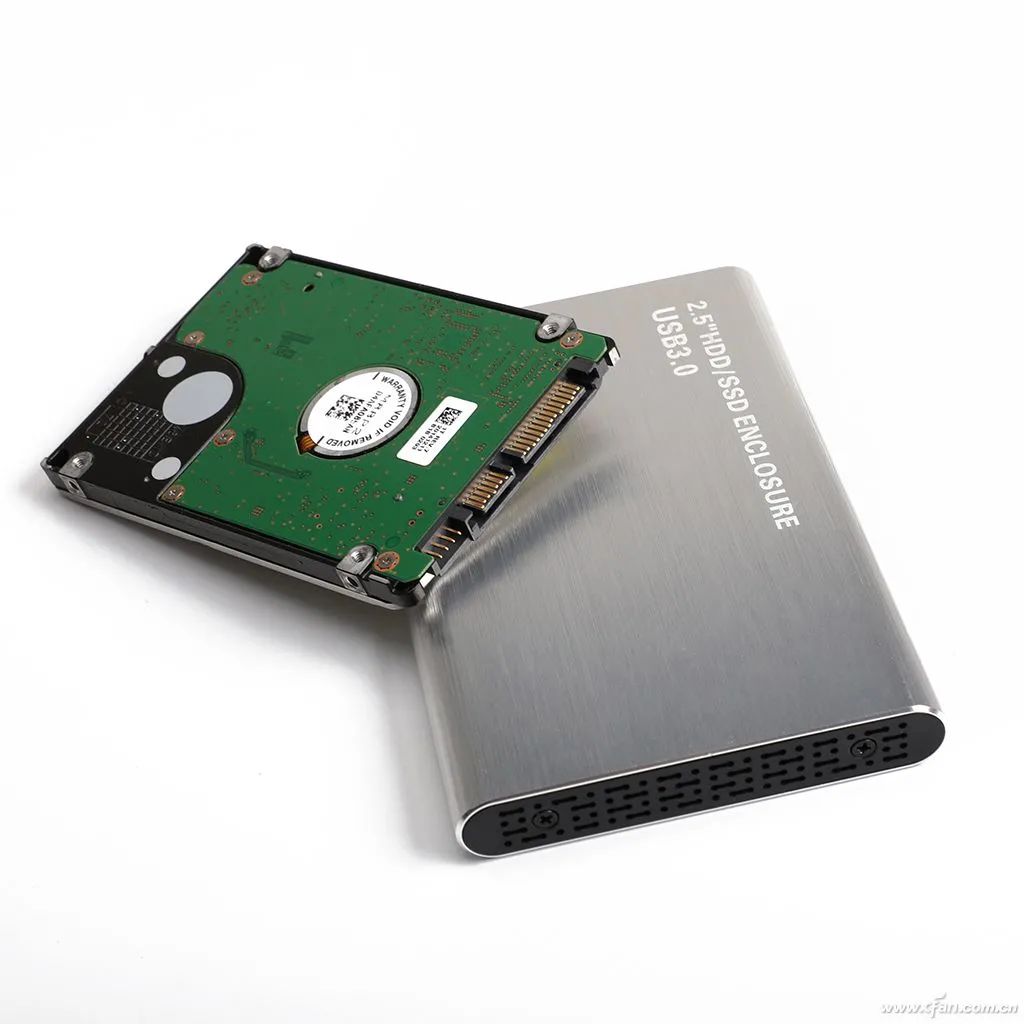 The remaining options are mainly USB flash drives, commonly referred to as U-disks, and mobile solid-state drives (SSDs). Our upgrade goal is, of course, higher speed, but what else should we pay attention to? First, both types of products require special attention to one point: the USB 3.2 designation has become increasingly confusing. From the 5Gbps USB 3.2 Gen1 to the 20Gbps USB 3.2 Gen2×2, if it is vaguely labeled as USB 3.2 without specifying the exact version or speed, don’t rush to buy it.
The remaining options are mainly USB flash drives, commonly referred to as U-disks, and mobile solid-state drives (SSDs). Our upgrade goal is, of course, higher speed, but what else should we pay attention to? First, both types of products require special attention to one point: the USB 3.2 designation has become increasingly confusing. From the 5Gbps USB 3.2 Gen1 to the 20Gbps USB 3.2 Gen2×2, if it is vaguely labeled as USB 3.2 without specifying the exact version or speed, don’t rush to buy it.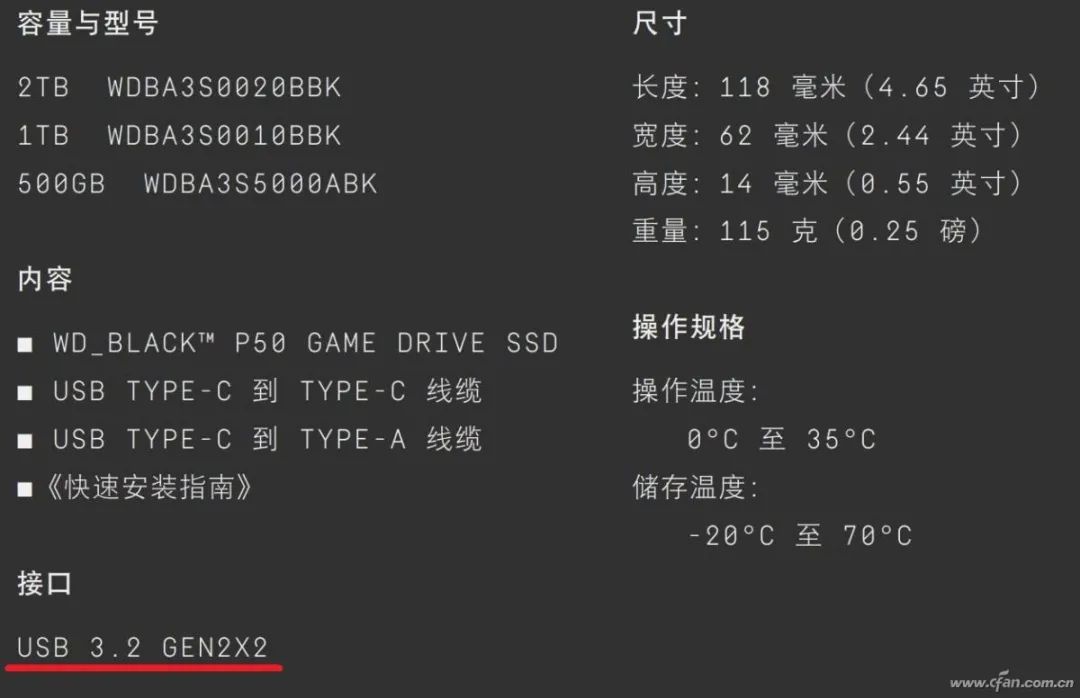 Among these two products, at the same capacity and speed, mobile SSDs are generally cheaper (as shown in the image), and they also have greater potential in these two aspects. Of course, this comes at a cost; for the same level of technology, to achieve larger capacity and higher speed, more and faster NAND chips and more powerful controller chips need to be integrated, which increases the size, weight, and power consumption slightly. However, this “slight” difference is currently insurmountable and will lead to significant changes in usage.
Among these two products, at the same capacity and speed, mobile SSDs are generally cheaper (as shown in the image), and they also have greater potential in these two aspects. Of course, this comes at a cost; for the same level of technology, to achieve larger capacity and higher speed, more and faster NAND chips and more powerful controller chips need to be integrated, which increases the size, weight, and power consumption slightly. However, this “slight” difference is currently insurmountable and will lead to significant changes in usage.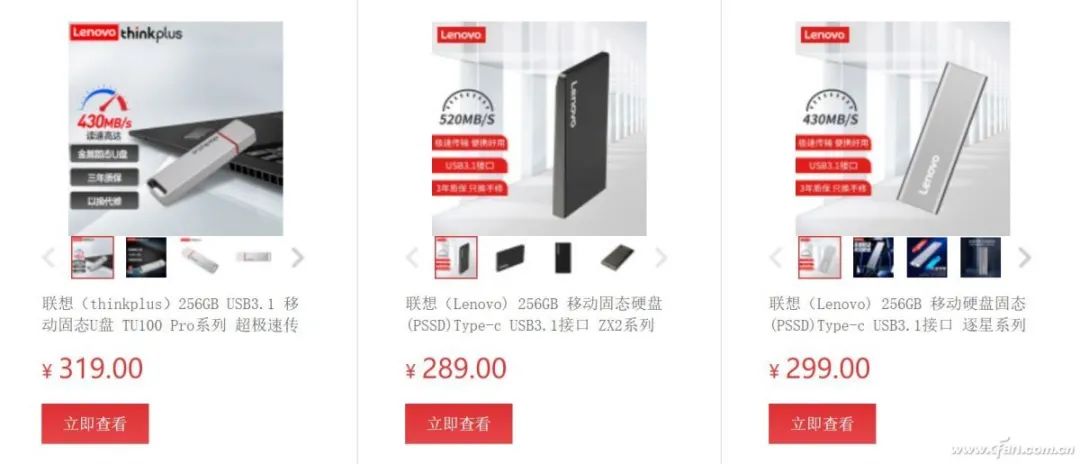 Taking the USB flash drive and the relatively compact mobile SSD shown in the comparison as examples, their dimensions are 69.7mm×18mm×7.8mm and 100mm×29mm×9mm, respectively. Even in the largest length difference, the mobile SSD is only 3cm longer, and the thickness has only increased by 1.2mm. However, this slight increase in size means that if it is directly plugged into the USB port, it will interfere with adjacent USB devices, so a USB cable is required, making it noticeably more cumbersome to carry and connect.
Taking the USB flash drive and the relatively compact mobile SSD shown in the comparison as examples, their dimensions are 69.7mm×18mm×7.8mm and 100mm×29mm×9mm, respectively. Even in the largest length difference, the mobile SSD is only 3cm longer, and the thickness has only increased by 1.2mm. However, this slight increase in size means that if it is directly plugged into the USB port, it will interfere with adjacent USB devices, so a USB cable is required, making it noticeably more cumbersome to carry and connect.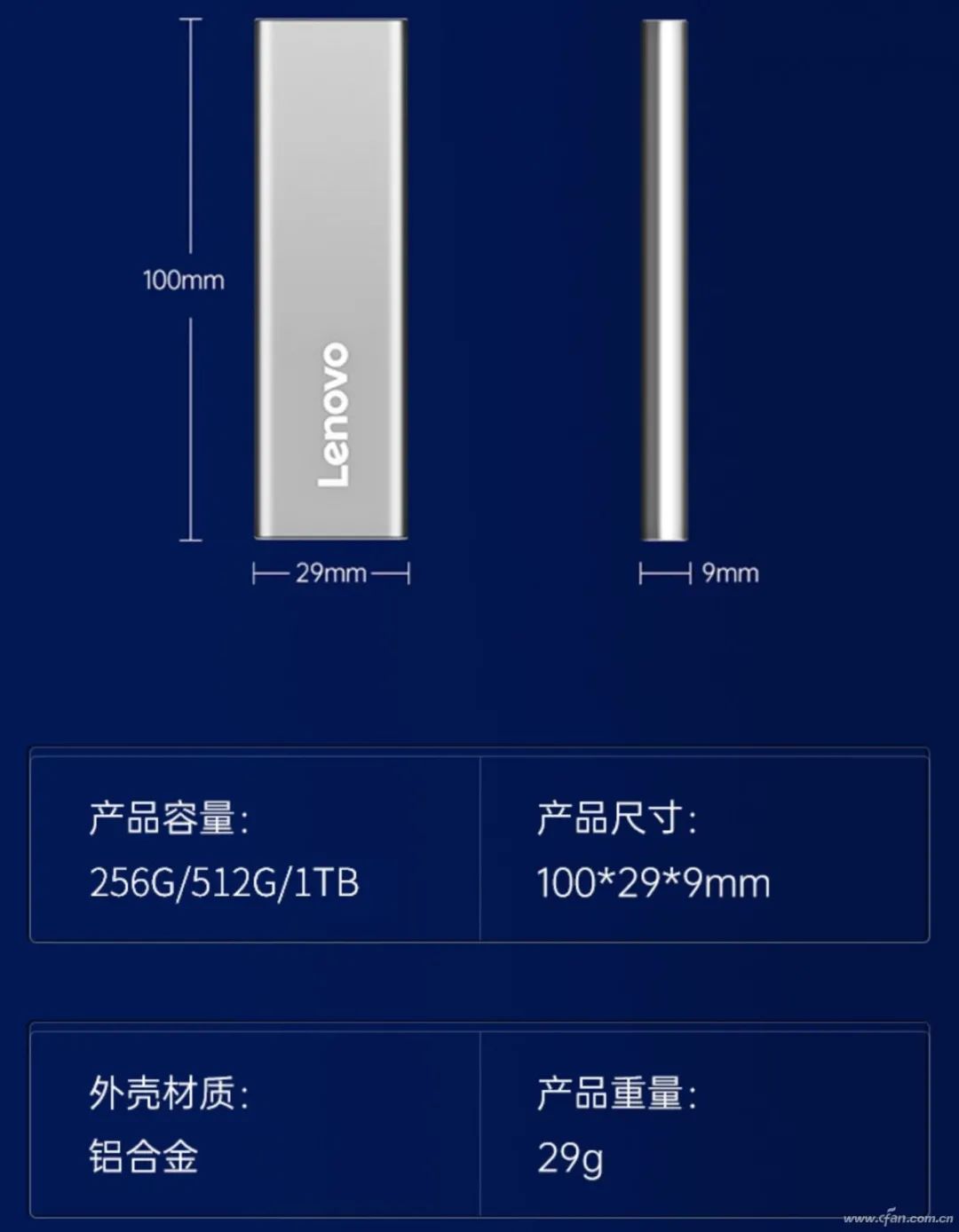 For those pursuing high speed, the U-disk compared in this article is also quite bulky, which is easy to understand. To achieve fast speeds, a U-disk also needs sufficient space to install stronger controllers and flash memory chips, so it typically has a larger size and generates more heat, meaning it won’t be very miniaturized. If a very small U-disk claims to be USB 3.1 or even USB 3.2, you should be cautious.
For those pursuing high speed, the U-disk compared in this article is also quite bulky, which is easy to understand. To achieve fast speeds, a U-disk also needs sufficient space to install stronger controllers and flash memory chips, so it typically has a larger size and generates more heat, meaning it won’t be very miniaturized. If a very small U-disk claims to be USB 3.1 or even USB 3.2, you should be cautious.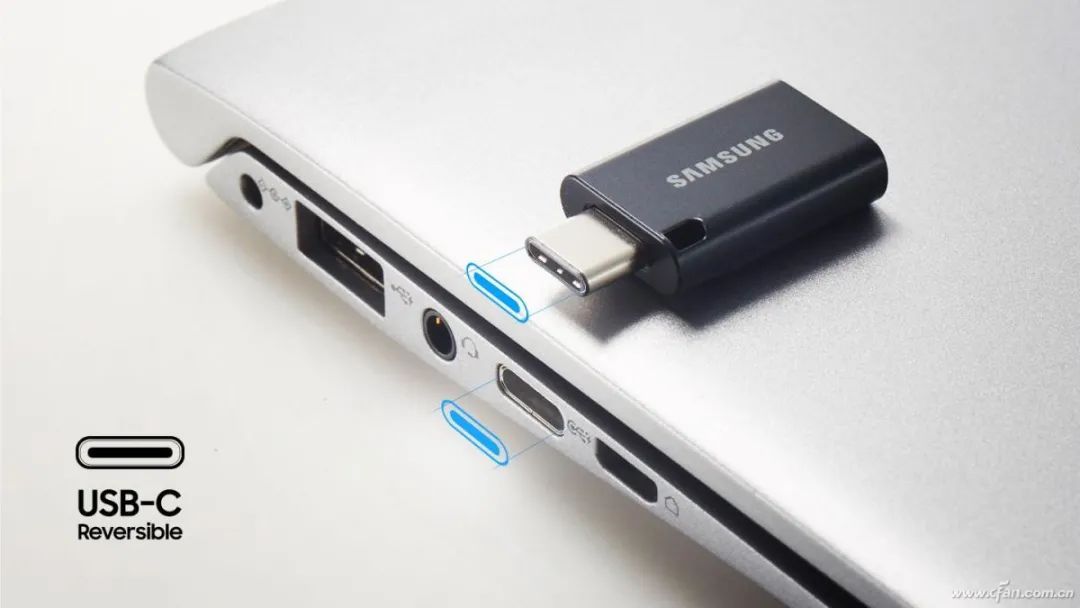
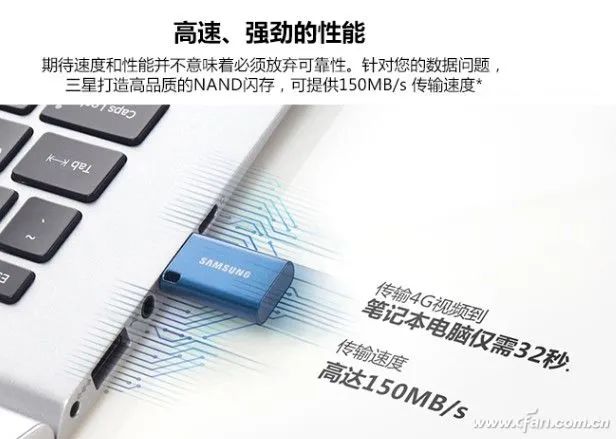 For those looking to purchase high-speed mobile devices that match the 12th generation Core, I also suggest choosing Type-C interfaces. This interface’s speed and power supply can ensure high-speed operation. Of course, if you want good compatibility, you can also consider dual-interface options. Mobile SSDs will require two cables or a change of interface, while U-disks are better in this regard, as there are many products with both interfaces, and the prices are now very close to those with a single interface.
For those looking to purchase high-speed mobile devices that match the 12th generation Core, I also suggest choosing Type-C interfaces. This interface’s speed and power supply can ensure high-speed operation. Of course, if you want good compatibility, you can also consider dual-interface options. Mobile SSDs will require two cables or a change of interface, while U-disks are better in this regard, as there are many products with both interfaces, and the prices are now very close to those with a single interface.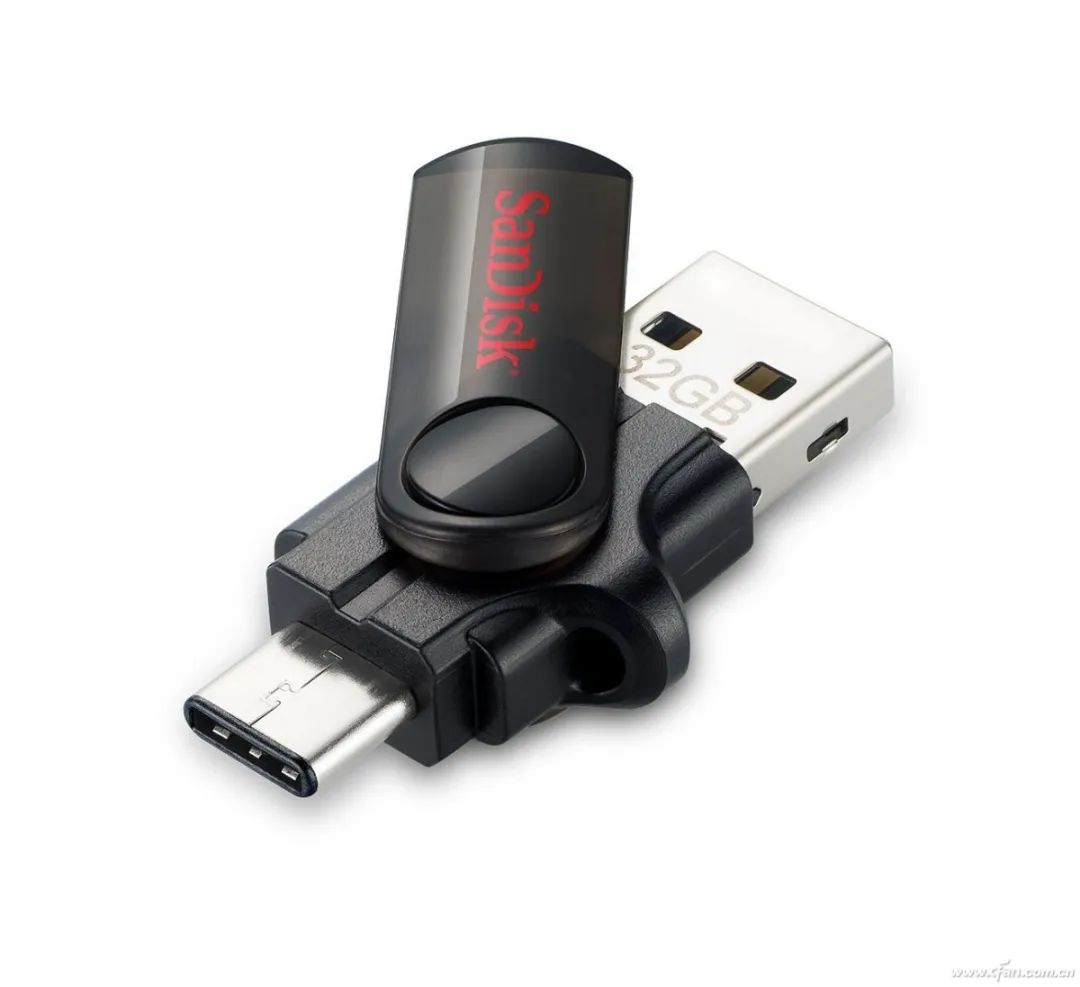 Finally, for those who are not short on cash, you might also consider Thunderbolt 4 external storage, which offers higher stability than USB devices, but the price is also significantly higher, and current flash memory and controllers often struggle to fully utilize Thunderbolt 4’s bandwidth. Since Thunderbolt interfaces have become mainstream, I hope that in the future, there will be corresponding, cost-effective mobile storage products.
Finally, for those who are not short on cash, you might also consider Thunderbolt 4 external storage, which offers higher stability than USB devices, but the price is also significantly higher, and current flash memory and controllers often struggle to fully utilize Thunderbolt 4’s bandwidth. Since Thunderbolt interfaces have become mainstream, I hope that in the future, there will be corresponding, cost-effective mobile storage products.
After reading this article, you might also click:
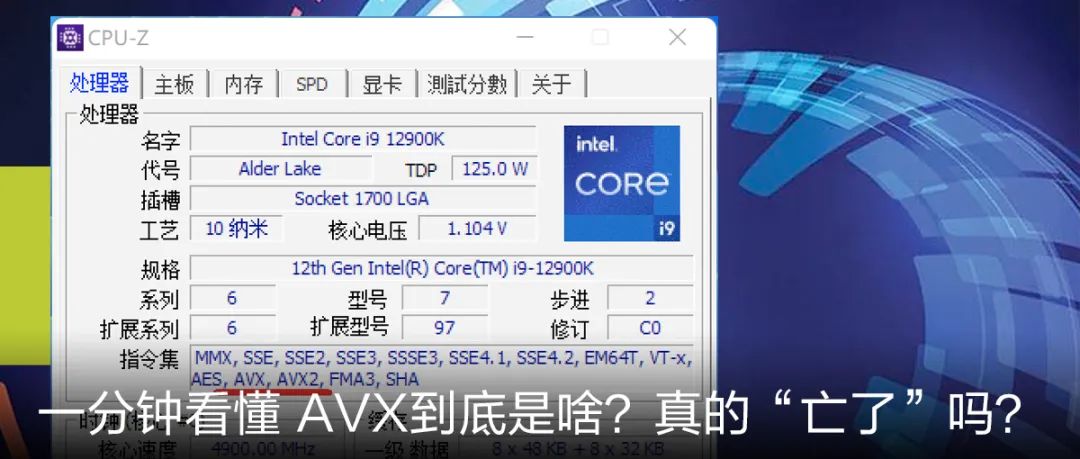

Click “Read the original” for more exciting content